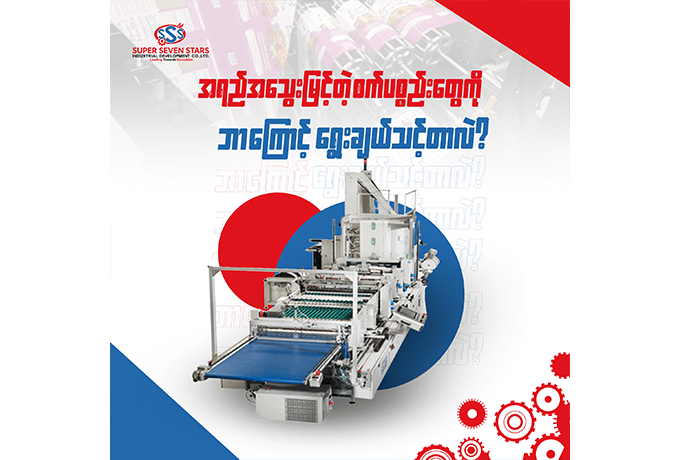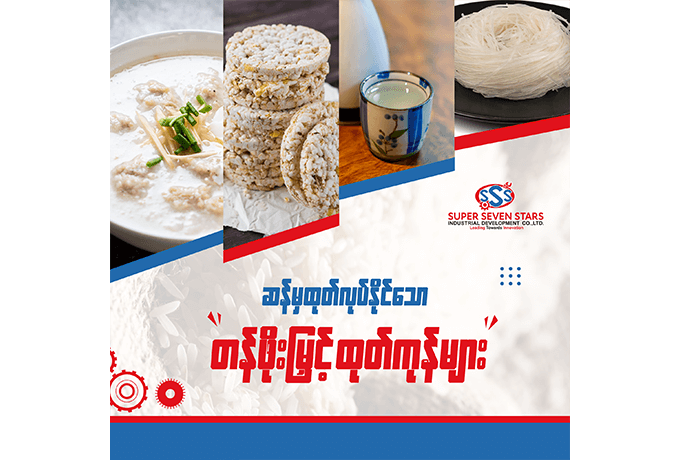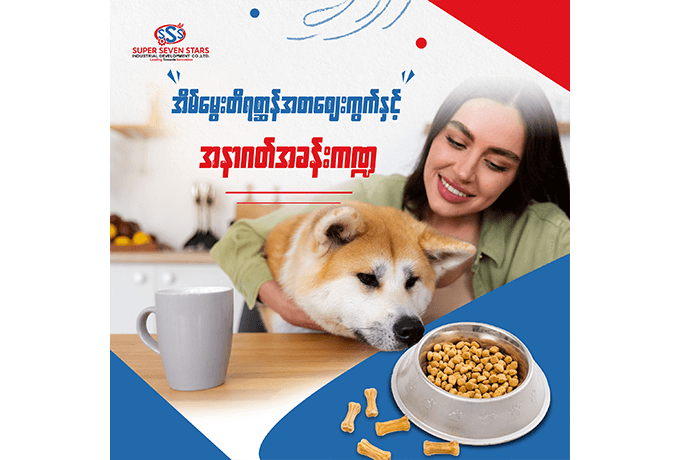Why Should You Choose High-Quality Machinery?
The importance of high-quality, modern machinery in an ever-evolving world. . .
In today’s fast-paced and ever-changing world, the role of high-quality, modern machinery in the manufacturing industry has become increasingly crucial. Business owners need to utilize advanced machinery in their production processes to keep up with the times and ensure their products can compete in the market.
By doing so, their products will be able to stand the test of time and compete effectively in an increasingly competitive market, ensuring long-term success.
For businesses running continuous production operations, focusing solely on cost and using low-quality machinery may lead to breakdowns over time, causing a decline in product quality and market competitiveness. In addition, frequent maintenance, repairs, and equipment replacements can cause production halts, leading to wasted time, increased costs, and decreased profitability.
Low-quality machinery also poses safety risks, as their safety systems may not be reliable. This can lead to unforeseen accidents in the factory or workplace, potentially causing significant harm to workers and resulting in costly losses.
Since the 1800s, machines have been developed to facilitate the production of goods, particularly in areas where manual labor is challenging or dangerous. Machines have made it easier, faster, and safer to perform tasks while reducing production costs.
The textile industry was one of the first to adopt machine-based production, and in a short period, technology advanced, allowing for the use of high-quality, modern machinery. This enabled manufacturers to produce innovative designs with greater ease, and raw materials were managed more efficiently, improving both design and quality.
With modern machinery, textiles could be produced rapidly and in large quantities, with minimal waste and defects, reducing production costs. Textile manufacturers who embraced these high-quality machines were able to sell their products competitively in the market, increasing profits.
From that point forward, manufacturers in various industries—such as food production, pharmaceuticals, electronics, and home appliances—began using high-quality, modern machinery on a large scale.
In the late 19th century, the use of modern machinery in the food industry began, revolutionizing the way food products were manufactured. Automated processes meant food could be produced without direct human contact, ensuring higher hygiene standards.
The precise mixing systems in modern machines allow for consistent quality and nutritional value, ensuring each batch of food products maintains the same high standards.
Packaging these products with air-tight precision also extends their shelf life, ensuring long-term product quality in the marketplace.
By producing clean, fresh, and high-quality food products, manufacturers have established a strong reputation for their brands in the market, allowing them to stand out and remain competitive for the long term.
Today, if business owners choose to use high-quality, modern machinery in their production processes, the advanced technologies will allow them to produce innovative, top-quality products that align with evolving market demands. This will enable their products to secure a top position in the competitive marketplace for the long term.
Moreover, the use of modern machinery reduces the likelihood of frequent breakdowns, increases production efficiency, and improves cost management. This leads to significant reductions in production costs.
Modern machinery also comes equipped with advanced safety systems, minimizing the risk of workplace accidents and ensuring a safe working environment for employees.
However, when using machinery for production, it's essential to consider the environmental impact. Since machinery can contribute to pollution through fuel usage, businesses should prepare to adopt cleaner energy alternatives such as natural gas to reduce emissions.
For business owners looking for high-quality, modern machinery for their production needs, Super Seven Stars Industrial Development Co., Ltd offers internationally certified machinery directly from manufacturers. You can trust the quality and reliability of our products 100%.
We also provide the best technical support and services to meet all your business needs. For more information or inquiries, please contact Super Seven Stars Industrial Development at our hotline 09-940844255 or email us at info@sssindustrialdevelopment.com.




